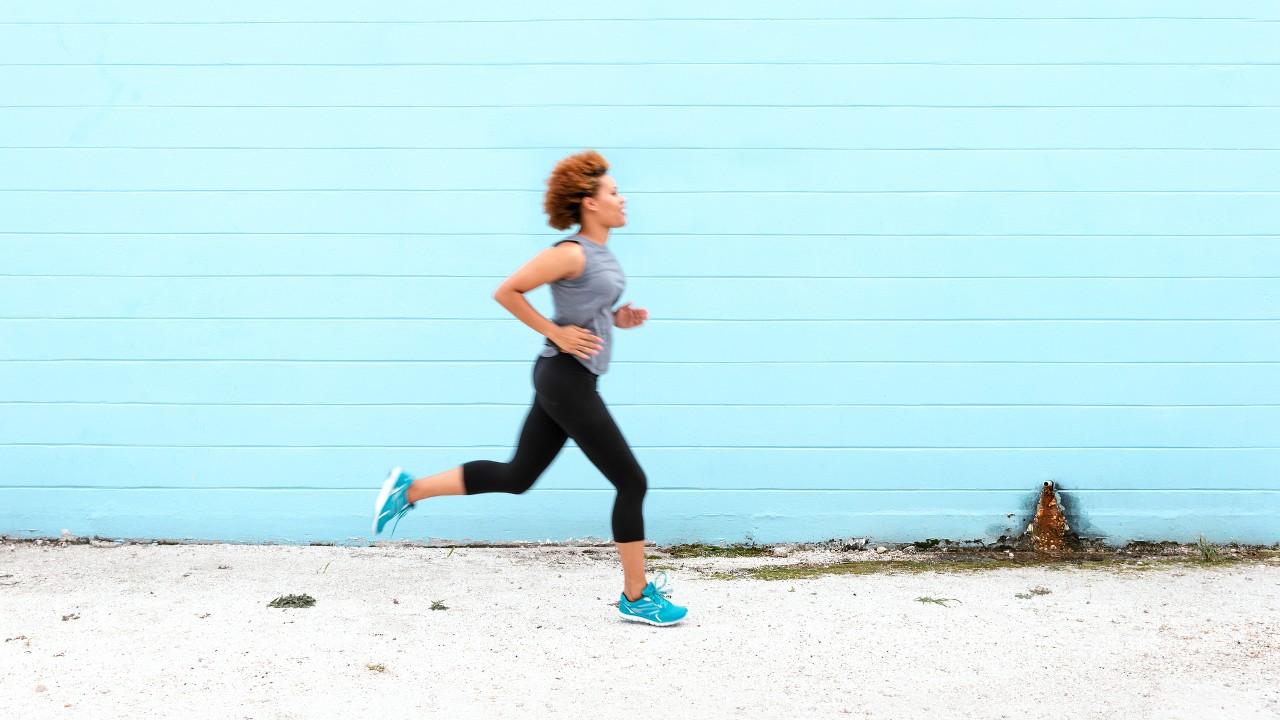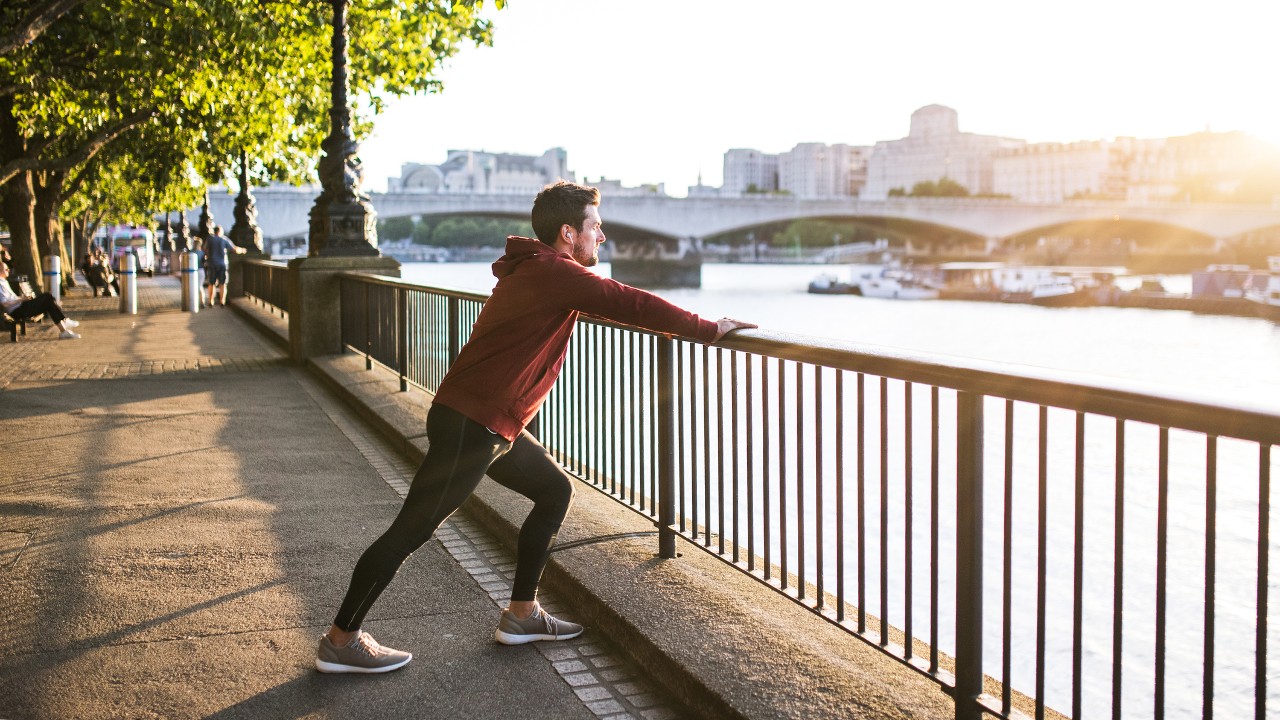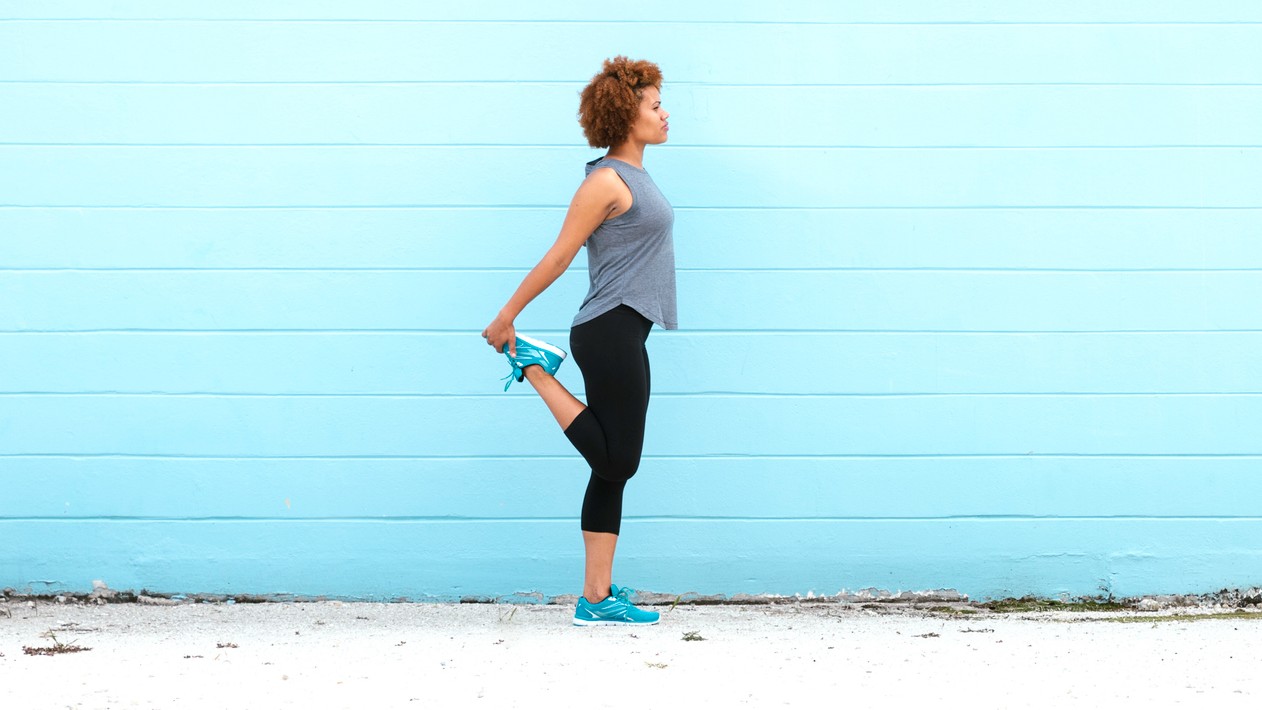Use This Running Recovery Routine After A Run To Help You Recover Faster
Use this expert advice on post-run recovery to put your body in the best position to bounce back after long, tough workouts

When you finish a hard run, you don’t really want to think about your next one. You want to put your feet up, relax and essentially act as if that was the last run you’ll ever do.
Unfortunately, when your next run does roll around and you still feel tired and achy from the last one, you’ll regret doing absolutely nothing to promote your recovery.
Don’t let that be you. Instead use this recovery advice from James Poole, who is an ultra-runner and qualified coach, and a member of The North Face Explorer team. You’ll thank us (and James) when you start your next run feeling fresh and firing on all cylinders.
When you finish a hard run, you don’t really want to think about your next one. You want to put your feet up and relax. However, putting a running recovery routine in place will ensure that by the time your next run rolls around you’re ready to enjoy it and perform well.
That’s especially important if you’re following a marathon training plan, where you might well be running every day or every couple of days. Different types of training run also require different amounts of recovery – you want to make sure you have a good plan in place for after interval training, tempo sessions and long runs in particular.
Effective recovery is not only important for helping you get ready for your next run, it’s also central to avoiding common running injuries. If you don’t recover properly after each run the load on your body will build up until it’s likely that something will break down.
Don’t let that be you. Instead use this advice from James Poole, who is an ultra-runner and qualified coach, and a member of The North Face Explorer team. The suggestions are designed for after a long run in particular, but the advice holds true for any tough run.
Get the Coach Newsletter
Sign up for workout ideas, training advice, reviews of the latest gear and more.
Running Recovery: Post-Run Stretch
The post-run stretch is probably the thing most neglected by runners after a long run. Static stretching – the reach-and-hold style of stretching that’s familiar to most of us – can be a great way to increase flexibility, improve your range of motion and bring relief to tired limbs. There’s mixed evidence as to whether static stretching prevents injury, but there’s no doubt that some easy exercises feel great after a hard run. Here are three of my favourite stretches for runners to do after you finish.
Gastrocnemius and soleus stretch

Place your hands on a wall as if you were trying to push it over. Take a step back with your left leg and push your weight through it, making sure the heel is firmly on the ground – there should be no weight on your right foot. Hold for 20 seconds and then shift your hips down and backwards, bending your left knee while keeping your heel rooted to the ground. The shift in the hips targets the soleus muscle in your calf just below the larger gastrocnemius. It can work quite hard during running – especially if you are a mid-forefoot striker – and gets tight, which can lead to achilles or plantar fascia issues. Repeat on the other leg.
Quad and abdomen stretch

Stand with your feet together. Take your left hand and pull your right foot behind you to bring your heel to your bum. Keep your knees together and once you are balanced, raise your right hand. Engage your core, pull your right foot further up with your left hand and reach further up with your right. Hold for 20 seconds and repeat on the other side. This stretches the quad muscle at the front of the leg but also encourages good posture and stretches the obliques, which run down the side of the torso.
Glute stretch
The gluteus maximus is the largest muscle and the engine for running. This stretch is great if you spend large chunks of your day sitting at a desk. Lie on your back with your arms by your sides. Lift one leg and bend the knee to 90°. Interlace your fingers behind your leg just below the knee joint. Without straining your neck, pull your hands towards your head and hold this stretch. If you are doing it properly you should feel a warming sensation in your glute. Repeat on the other side.
Post-Run Nutrition
A lot is made about the timing of post-run nutrition and the anabolic window of opportunity. However, as with many things in running, it’s not an exact science and the most important thing is to consume a mix of carbohydrates to restore glycogen stores and protein to repair damaged muscles shortly after your run.
Protein shakes are an easy way of getting essential macronutrients, but chicken pasta, a baked potato with tuna or a bagel with banana and peanut butter are equally beneficial. Hydration is also crucial, so make sure you drink water too.
- This tuna and beans pitta pocket recipe proves sports nutrition can be very simple
- Refuel after your run with this green recovery smoothie
- The best protein powders and what to look for when buying
What To Do That Day
It’s tempting to slump on the sofa after a long hard run, but dig out the foam roller, massage gun or even just a squash, golf or tennis ball and give those tight spots some TLC to aid your running recovery. Make sure to eat a decent meal too, especially if you only had a snack after your run. Aim for something with a balance of complex carbohydrates, good fats and protein – fish or chicken with a sweet potato and some green vegetables is ideal.
Finally, try to get to bed at a decent time. Sleep enhances muscle recovery through protein synthesis and growth hormone release. If you want to maximise the training benefits, a good night’s sleep is essential.
What To Do The Day After A Long Run
If you are marathon training, it’s likely that your schedule will have you running several times a week. If you can schedule a rest day after your long run then do so, because it’ll give your muscles a chance to recover and restock glycogen stores. However, for those who are itching to train again, a recovery run, a spin on the bike or some yoga for runners are all good ways to remain active and improve mobility. The important thing is to keep the effort light and not add additional, unintended training stress.

Nick Harris-Fry is a journalist who has been covering health and fitness since 2015. Nick is an avid runner, covering 70-110km a week, which gives him ample opportunity to test a wide range of running shoes and running gear. He is also the chief tester for fitness trackers and running watches, treadmills and exercise bikes, and workout headphones.









